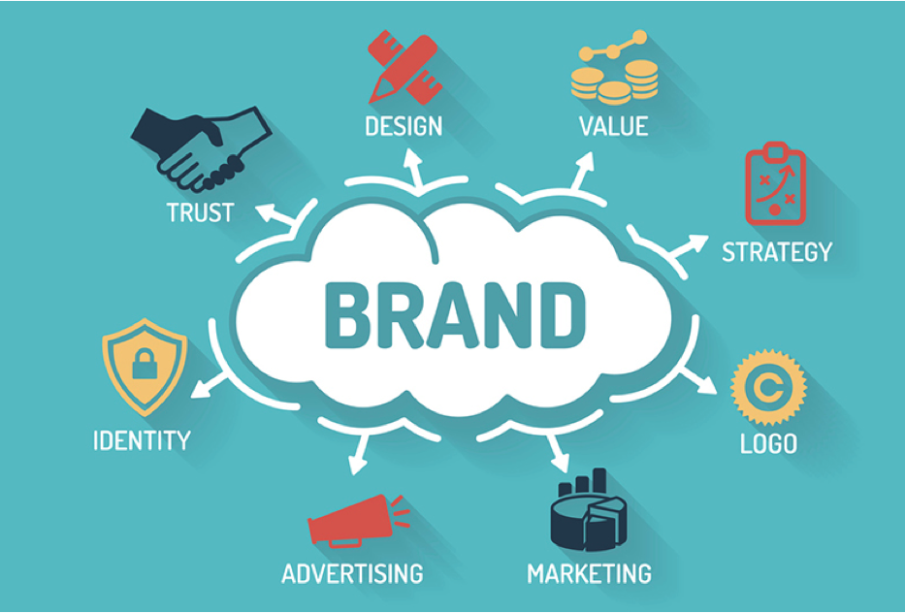Is Experiential Marketing an Affordable Tactic For Advertising and Building Brand Recognition?

Experiential marketing is a marketing tactic that has gained popularity in recent years. It involves creating immersive experiences for consumers that enable them to interact with a brand in a unique way. Experiential marketing campaigns can range from pop-up shops to product demonstrations to large-scale events. The ultimate goal of experiential marketing is to create memorable experiences for consumers that build brand loyalty and awareness.
In this blog, we will explore whether or not experiential marketing is an affordable tactic for advertising and building brand recognition. We will discuss the costs and benefits of experiential marketing, and provide examples of successful campaigns by brands.
What is Experiential Marketing?
Experiential marketing, also known as engagement marketing or event marketing, is a strategy that aims to engage consumers memorably and emotionally. It is a form of marketing that goes beyond traditional advertising and focuses on creating immersive consumer experiences. Experiential marketing aims to establish a deep connection between the consumer and the brand.
Experiential marketing can take many forms, from pop-up shops to product demonstrations to large-scale events. The common thread among all of these tactics is that they involve creating an immersive and interactive experience for the consumer. Experiential marketing allows brands to connect with consumers on a deeper level by giving them a chance to experience the brand in a unique way.
How Does Experiential Marketing Work?
Experiential marketing campaigns are typically planned and executed by experiential marketing agencies. These agencies work closely with brands to develop campaigns that will resonate with their target audience. The process of planning an experiential marketing campaign involves several steps, including:
Identifying the target audience: The first step in planning an experiential marketing campaign is to identify the target audience. This will help the agency to develop a campaign that will resonate with this group.
Setting objectives: The next step is to set objectives for the campaign. These objectives should be specific and measurable, and should align with the overall marketing goals of the brand.
Developing the creative concept: Once the objectives have been set, the agency will develop a creative concept for the campaign. This concept should be engaging, memorable, and aligned with the brand’s values.
Planning the logistics: The agency will then plan the logistics of the campaign, including securing event space, staffing, and materials.
Executing the campaign: The final step is to execute the campaign. This involves setting up the event space, staffing the event, and promoting the campaign to the target audience.
Experiential marketing campaigns can take many forms, including:
Pop-up shops: These are temporary retail spaces that can be set up in a variety of locations, such as shopping centers, airports, and train stations. Pop-up shops allow brands to create a physical presence in a location where their target audience is likely to be.
Product demonstrations: These involve showcasing a product in a way that allows the consumer to interact with it. For example, a food brand might host a cooking demonstration where consumers can try their products.
Events: These can range from small-scale events like product launches to large-scale events like music festivals. Events allow brands to create a memorable experience for consumers that is aligned with their values.
Examples of Successful Experiential Marketing Campaigns
Experiential marketing campaigns have been successful for many brands. Here are some examples of successful campaigns:
Nike: Nike created a pop-up shop in New York City that allowed customers to design their sneakers. The shop featured a design studio where customers could create a custom shoes with a Nike designer.
Red Bull: Red Bull hosts several events yearly, including the Red Bull Air Race and the Red Bull Soapbox Race. These events allow Red Bull to create memorable experiences for consumers aligned with their brand values of energy and excitement.
Google: Google created a pop-up shop in London that showcased its Google Home products. The shop featured interactive displays that allowed customers to experience the products in a unique way.
Coca-Cola: Coca-Cola created an experiential marketing campaign in Australia that transformed a bus stop into a virtual winter wonderland. The bus stop featured augmented reality technology that allowed consumers to interact with a virtual world.
Are Experiential Marketing Campaigns Affordable?
Experiential marketing campaigns can be expensive, but they can also be cost-effective if executed correctly. The cost of an experiential marketing campaign will depend on several factors, including the size and scope of the campaign, the location, and the materials required.
The cost of an experiential marketing campaign can range from a few thousand dollars for a small-scale event to millions of dollars for a large-scale campaign. However, experiential marketing campaigns’ return on investment (ROI) can be significant. Experiential marketing campaigns can increase brand recognition, customer engagement, and sales.
Experiential marketing campaigns can also be more cost effective than traditional advertising campaigns. Traditional advertising campaigns, such as television commercials and print ads, can be expensive and may not resonate with consumers. Experiential marketing campaigns, on the other hand, allow brands to create a more personal and engaging experience for consumers.
Working with an experiential marketing agency can also help control costs. These agencies have the expertise and experience to develop campaigns aligned with the brand’s goals and budget.
Conclusion
Experiential marketing is an effective way to build brand recognition and engage with customers. While experiential marketing campaigns can be expensive, they can also be cost-effective if executed correctly. The key to a successful experiential marketing campaign is to work with an experiential marketing agency with the expertise and experience to develop a campaign aligned with the brand’s goals and budget.
FAQs:
What is the difference between an offline marketing agency and an experiential marketing agency?
An offline marketing agency specializes in traditional marketing tactics, such as print ads and television commercials. On the other hand, an experiential marketing agency specializes in creating immersive and interactive experiences for consumers. While there is some overlap between the two types of agencies, an experiential marketing agency focuses on creating experiences beyond traditional advertising.
Are experiential marketing campaigns only for big brands?
No, experiential marketing campaigns can be executed by brands of all sizes. While larger brands may have more resources to devote to experiential marketing campaigns, smaller brands can also create engaging experiences for consumers with a smaller budget.
How do you measure the success of an experiential marketing campaign?
The success of an experiential marketing campaign can be measured in several ways, including:
Brand awareness: Has the campaign increased brand recognition and awareness among consumers?
Engagement: How many consumers engaged with the campaign and how long did they spend engaging with the experience?
Social media reach: How many people shared their experience on social media and how many impressions were generated?
Sales: Did the campaign lead to an increase in sales or customer loyalty?
What are some examples of experiential marketing campaigns for small businesses?
Hosting a pop-up shop or event to showcase products or services
Collaborating with other local businesses to create a unique experience for consumers
Creating a branded photo booth or interactive display at a local event
Creating a personalized experience for customers, such as offering a free sample or trial of a product
Notice: Function WP_Scripts::localize was called incorrectly. The $l10n parameter must be an array. To pass arbitrary data to scripts, use the wp_add_inline_script() function instead. Please see Debugging in WordPress for more information. (This message was added in version 5.7.0.) in /home2/medicalguru101/public_html/theneocom.com/wp-includes/functions.php on line 6031
Notice: Function WP_Scripts::localize was called incorrectly. The $l10n parameter must be an array. To pass arbitrary data to scripts, use the wp_add_inline_script() function instead. Please see Debugging in WordPress for more information. (This message was added in version 5.7.0.) in /home2/medicalguru101/public_html/theneocom.com/wp-includes/functions.php on line 6031











